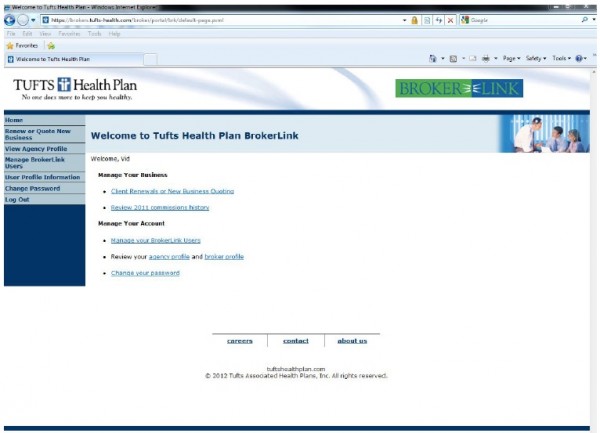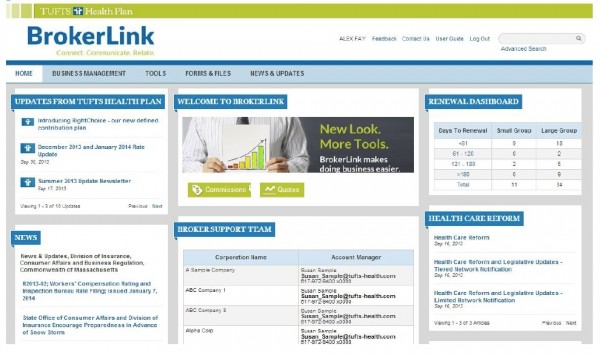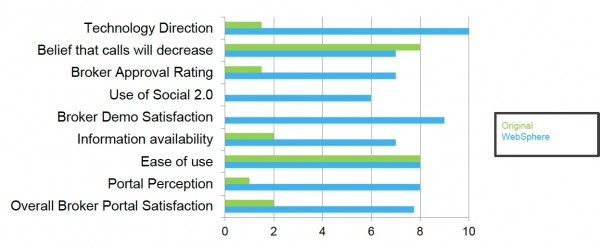Bill Pappalardo and Tim Reilly spoke about the work they’ve done with a portal at Tufts Health Plan.
About Tufts
They are the second largest health care plans in MA with over one million members. They are ranked by NCQA one of the top health plans for the past nine years. As part of this:
- Provide services for three areas
- Commercial membership
- Medicare membership
- Medicaid membership
- Partner with Cigna to provide services for multi-state employers
- Expanded coverage to Rhode Island in 2009
- Company tag line: “No one does more to keep you happy”
Project Challenges
The member and other sites were on ALUI Portal which was about to be sunset. They needed to migrate to another platform and soon. Oracle provided a migration option to the newest option on WebCenter Portal but that would have required significant code rewrites. Because of that, Tufts looked elsewhere and eventually chose WebSphere Portal.
The old site didn’t meet the needs of a “world-class” portal. Tufts wanted:
- Migrate the portal to a new platform
- Address the consumerism trend
- Give a more personalized experience
- Give real time response to employers with custom plan designs
- Migrate the public website to the new platform
- Also provide better collaboration option to Tuft’s own workforce
Results

Original Site

New Broker Portal
It’s obvious the new broker portal was a more usable portal but highlight several items:
- Much more useful home page
- Provided relevant news and updates
- highlighted the renewal dashboard so brokers could see key information
- Showed the personalized broker support team front and center
- Gave easy access to quote and commission
So here are the results:

What Tools Were Used
- WebSphere Portal 8.0
- IBM Web Content Manager 8.0
- IBM Forms 8.0 – Tufts Bill Pappalardo really likes the tool and is excited for continuing use…especially from a self-service point of view
- IBM Web Experience Factory 8.0 (development tool)
- IBM Connections (but not deployed initially)
- Worklight for mobile device support
- Sametime – integrated it
Lessons Learned
What went well
- Stakeholders were included. They had a voice
- The key decision maker was in the room
- Resources were dedicated to the project
- People were focused on the problem and not just the process. ( I love this one)
- Collaboration culture
- Team had a sense of ownership
- Team members felt their opinions mattered
- People were encouraged to think outside the box
- IBM and Prolifics invested in the project. (Yes, Prolifics is nominally a competitor but kudos to them for investment in a client and a successful launch)
Potential Improvement
- Project moved between waterfall and agile. Some people could adapt but others found it difficult to accept it. This did cause some delays.
- Too much overlap of roles. This gave significant confusion at the beginning of the project.
- Scope and timeline could have been better managed
What’s Next
- Migrate other sites and constituents like Member, Sponsor, Employees, Healthcare professionals
- Enhance and improve the existing experience
- New initiatives based on a platform that provides more options.
- Broaden the use of social capabilities and social infusion
